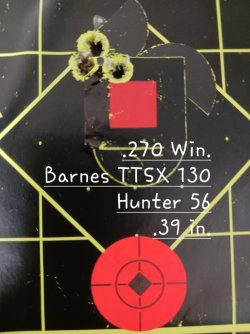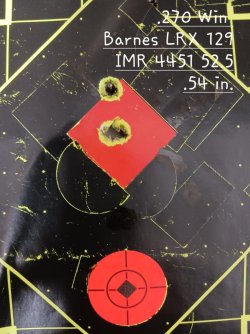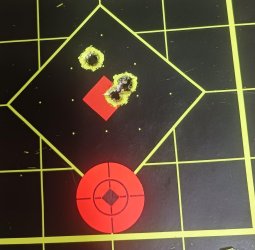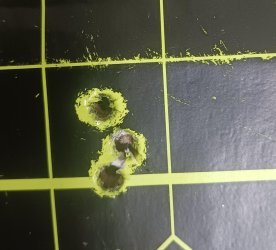Brydawg512
Well-Known Member
Hello all,
I'm finally beginning to purchase the remainder of the equipment to get into reloading for my 300 WM. In a previous thread, I obtained a lot of great information about things I may need.
I have a few more specific questions I am curious about:
1) For brass resizing, I understand I need a FL sizing die. Since I won't be neck turning at this point, my understanding is I need a collet to properly resize the neck to obtain a .02 neck tension. Do I also need to use an expander mandrel after sizing with the collet, are they used in conjunction with one another, or is it one or the other?
2) Is a collet for resizing the body something I should consider?
3) Annealing — I've heard conflicting things, some say they never anneal others say the anneal every x number of firings, some every during. Thoughts/opinions?
4) CBTO measurement — can I still use a normal comparator to measure, considering headspace is measured from the belt to ogive?
Lastly, to ensure I understand the resizing process properly:
When resizing, what exactly is being resized? I understand that I am bumping the shoulder back to allow for proper fit in my chamber, but what else is being sized? I understand the case mouth is trimmed afterward to fit within SAAMI specs.
I apologize for my ignorance and can ensure everyone here I am not beginning reloading until I have a much further understanding of everything.
Thank you all in advance.
I'm finally beginning to purchase the remainder of the equipment to get into reloading for my 300 WM. In a previous thread, I obtained a lot of great information about things I may need.
I have a few more specific questions I am curious about:
1) For brass resizing, I understand I need a FL sizing die. Since I won't be neck turning at this point, my understanding is I need a collet to properly resize the neck to obtain a .02 neck tension. Do I also need to use an expander mandrel after sizing with the collet, are they used in conjunction with one another, or is it one or the other?
2) Is a collet for resizing the body something I should consider?
3) Annealing — I've heard conflicting things, some say they never anneal others say the anneal every x number of firings, some every during. Thoughts/opinions?
4) CBTO measurement — can I still use a normal comparator to measure, considering headspace is measured from the belt to ogive?
Lastly, to ensure I understand the resizing process properly:
When resizing, what exactly is being resized? I understand that I am bumping the shoulder back to allow for proper fit in my chamber, but what else is being sized? I understand the case mouth is trimmed afterward to fit within SAAMI specs.
I apologize for my ignorance and can ensure everyone here I am not beginning reloading until I have a much further understanding of everything.
Thank you all in advance.




